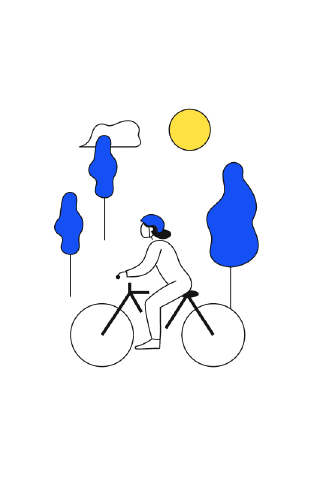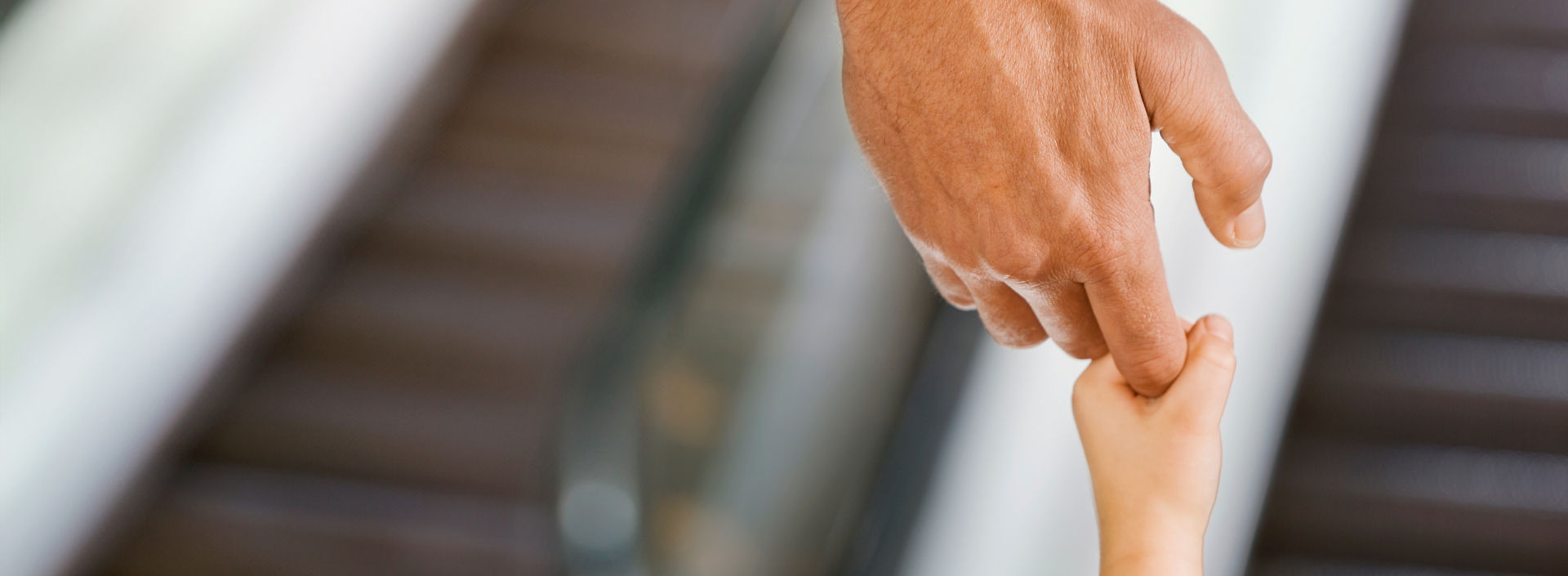In the bustling corridors of modern infrastructure, escalators stand as ubiquitous workhorses, effortlessly transporting millions of people daily. They are one of the most common and convenient modes of transportation in public places such as malls, airports, and subways. They can move large numbers of people quickly and efficiently, without any waiting time. However, escalators also pose some potential risks, such as falls, entrapments, or injuries caused by loose clothing or footwear. Therefore, it is important to know what are the safety features of modern escalators and how do they protect users from these hazards.*
Advanced Step Design
The humble escalator step is the foundation of passenger safety. Modern escalators are equipped with improved step designs that include yellow demarcation lines, enhancing visibility to ensure that users can identify where to place their feet safely.
Emergency Stop Buttons
Strategically placed at both ends of the escalator, emergency stop buttons allow for the immediate cessation of escalator movement in case of a hazard, preventing further incidents and allowing for swift emergency response.
Skirt Brushes
These are located along the skirt panels of the escalator, which are the vertical surfaces on either side of the steps. They help prevent objects from being caught in the gap between the skirt and the step, which could cause damage or injury. Skirt brushes also alert the users to keep their feet away from the edge of the step.
Handrail Speed Sensors
Escalators are now fitted with sensors that ensure the handrail moves at a synchronized speed with the steps. This harmony prevents imbalance and reduces the risk of falls. If there is any discrepancy, the detector will stop the escalator and activate an alarm, as this could indicate a problem with the handrail drive or alignment.
Comb Plate Impact Devices
At the point where the step meets the landing platform, comb plate impact devices are installed to detect objects that may become lodged, automatically stopping the escalator to prevent damage or injury.
Step Level Monitors
These are sensors that measure the level and height of the steps and ensure that they are uniform and consistent. If any step is too high or too low, the monitor will stop the escalator and activate an alarm, as this could affect the balance and stability of the users.
Dual Operation Redundancy
Critical operational components are backed up by secondary systems. This redundancy means that if one system fails, another can take over, minimizing the potential for malfunctions.
Safety Signs and Instructions
Modern escalators also have safety signs and instructions that can guide the users on how to use the escalator safely and properly. The safety signs and instructions are usually displayed on the handrails, the skirt panels, the comb plates, or the walls near the escalator. They can include the following information:
- The direction of the escalator movement and the entry and exit points.
- The recommended posture and behavior of the users, such as holding the handrail, standing in the center of the step, facing forward, and keeping a safe distance from other users.
- The prohibited items and actions, such as carrying large or heavy luggage, wearing loose clothing or footwear, running or jumping on the escalator.
- The contact information of the staff or the service provider in case of any problem or emergency.
Maintenance and Inspection
Modern escalators also require regular maintenance and inspection to ensure their safety and performance. The maintenance and inspection are usually done by qualified and certified technicians, who can check the condition and function of the escalator components, such as the steps, the handrails, the motors, the brakes, the sensors, and the detectors. The maintenance and inspection can also include cleaning, lubricating, adjusting, repairing, or replacing any worn or damaged parts. The maintenance and inspection are usually recorded and documented, and can be verified by the users or the staff.
Safety is Top Priority, Always
Modern escalators are designed and built with many safety features to help protect the users from any potential risks or hazards. However, the safety features are not enough to prevent all accidents or injuries. The users also have to follow the safety signs and instructions, and use the escalator responsibly and cautiously. By doing so, the users can enjoy the convenience and comfort of the escalator, and avoid any harm or trouble.
For more about escalator safety, see more on our page about elevator and escalator safety. For more on how KONE can keep your escalator running safe, see KONE Escalator and Elevator Maintenance Services. Information about modernizing or replacing your old, outdated escalator, see KONE Escalator Modernization.



















